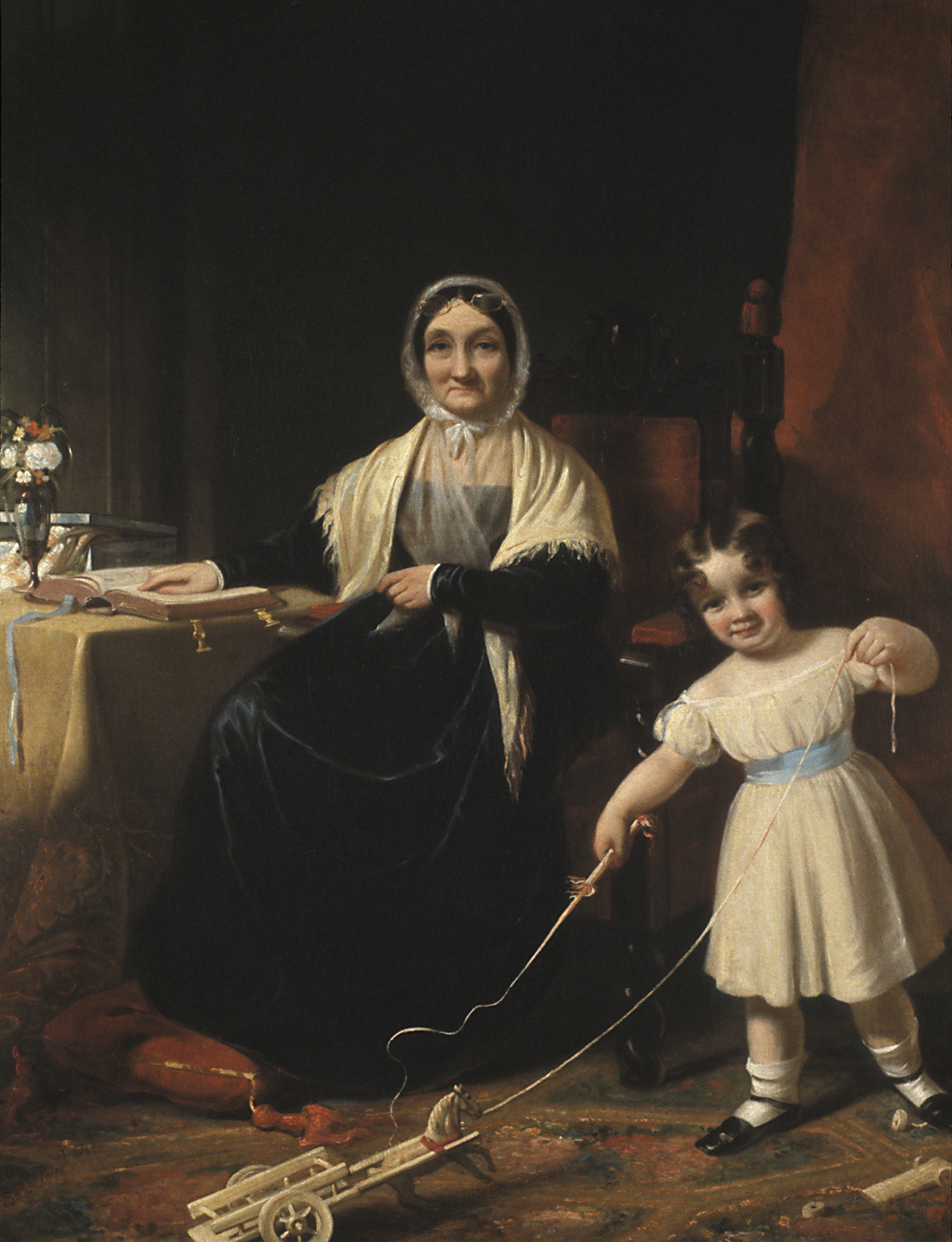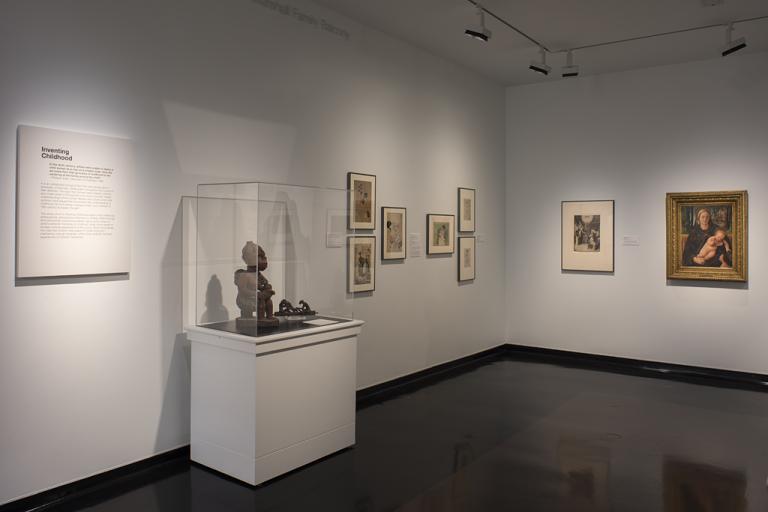Mrs. Stiles and Grandchild, Samuel Bell Waugh
Artwork Overview
Samuel Bell Waugh, artist
1814–1885
Mrs. Stiles and Grandchild,
1843
Where object was made: United States
Material/technique: oil; canvas
Dimensions:
Canvas/Support (Height x Width x Depth): 88.9 x 68.6 cm
Canvas/Support (Height x Width x Depth): 35 x 27 in
Canvas/Support (Height x Width x Depth): 88.9 x 68.6 cm
Canvas/Support (Height x Width x Depth): 35 x 27 in
Credit line: Museum purchase
Accession number: 1961.0009
Not on display
If you wish to reproduce this image, please submit an image request



